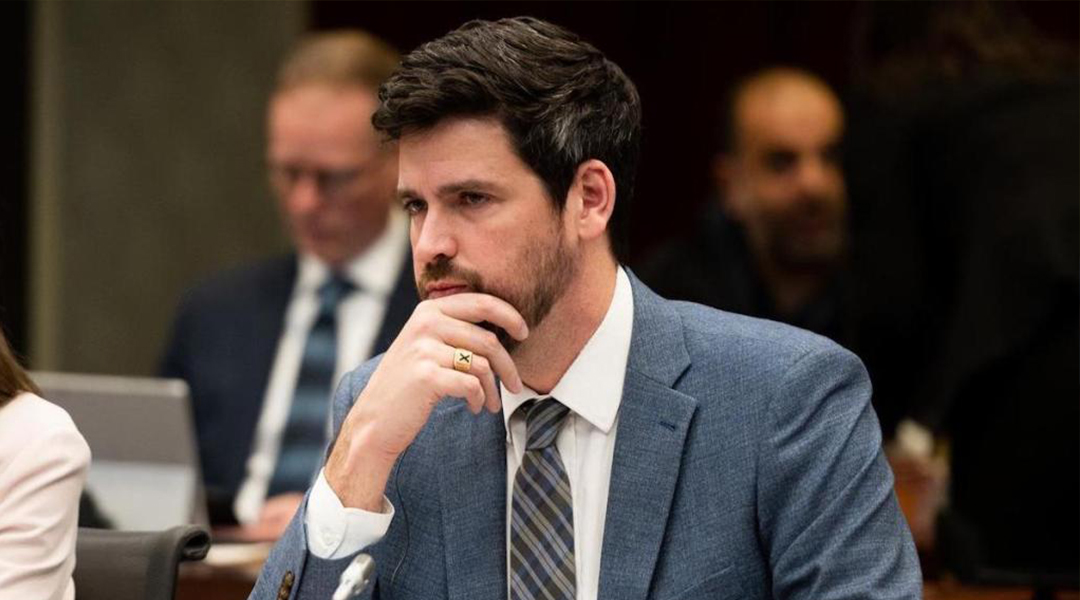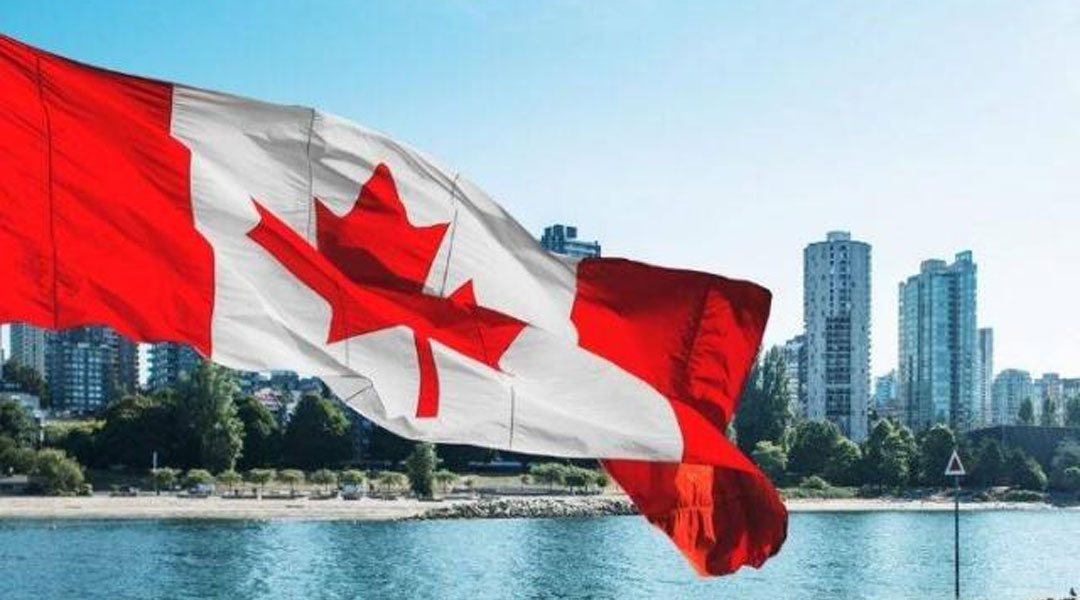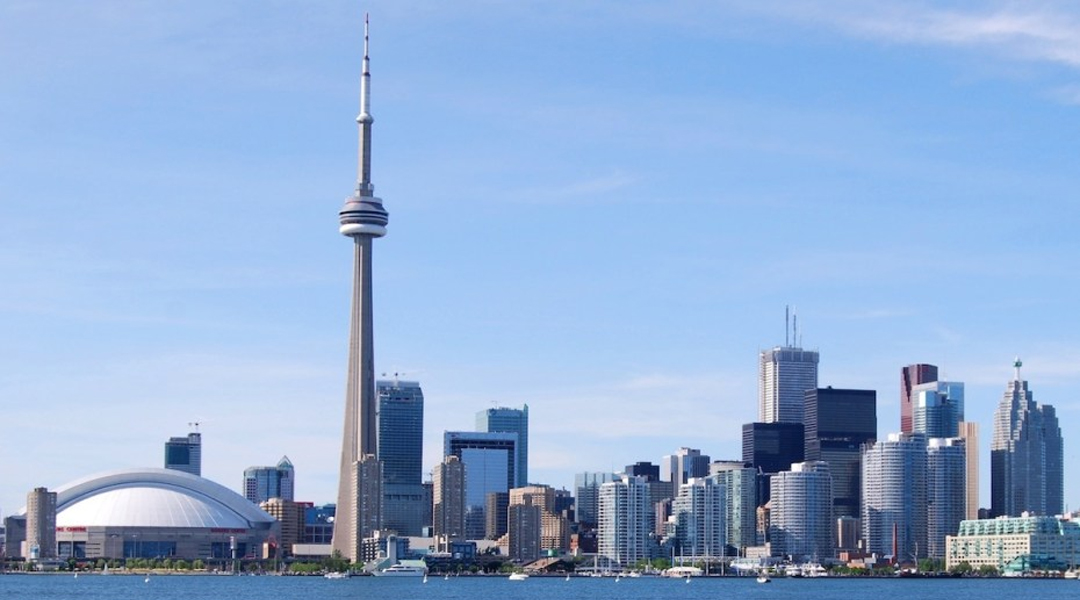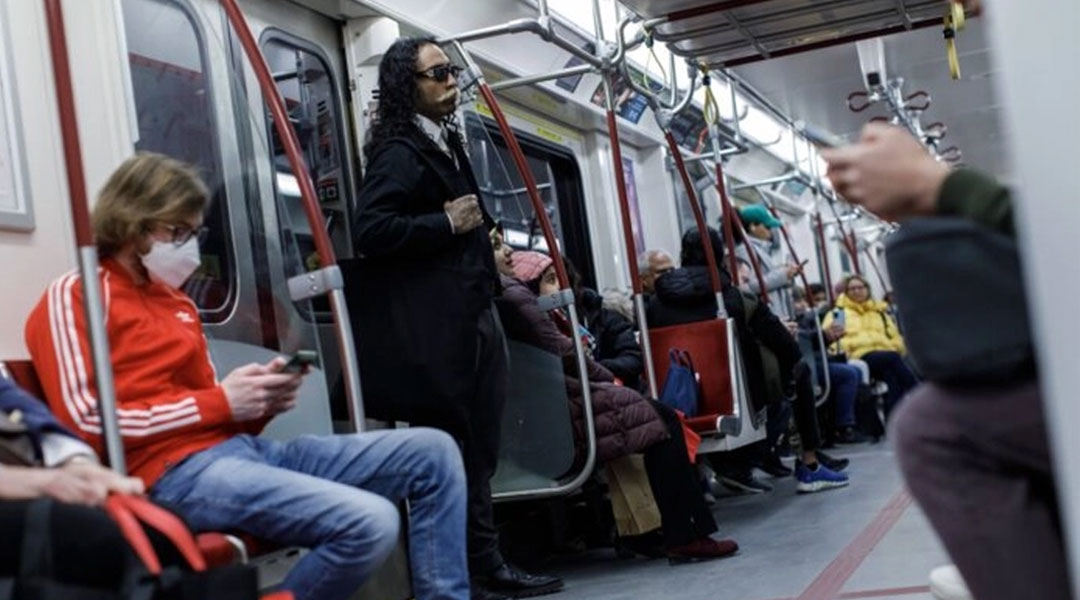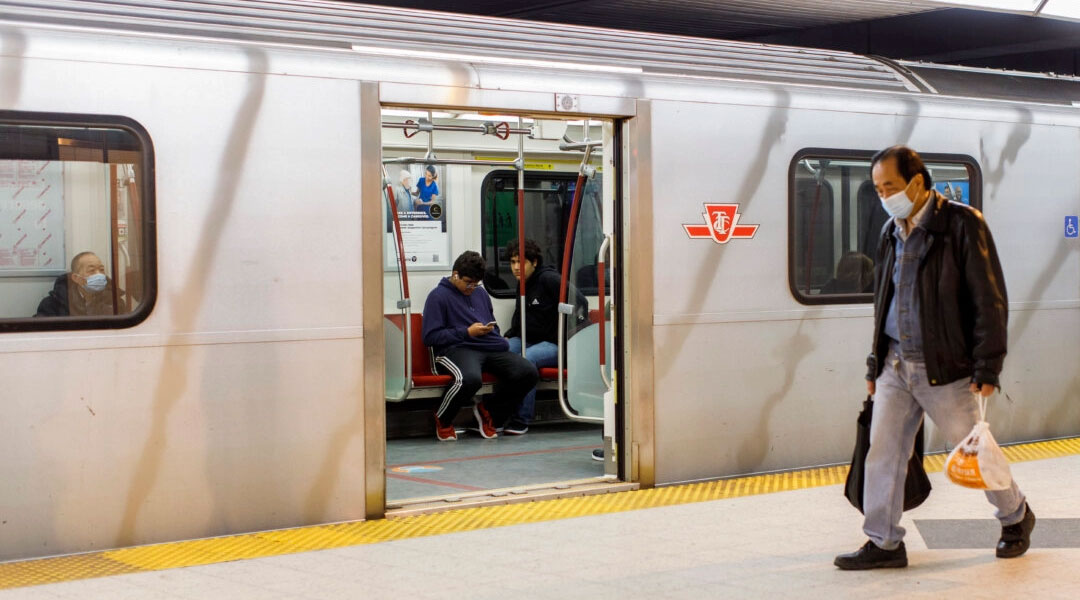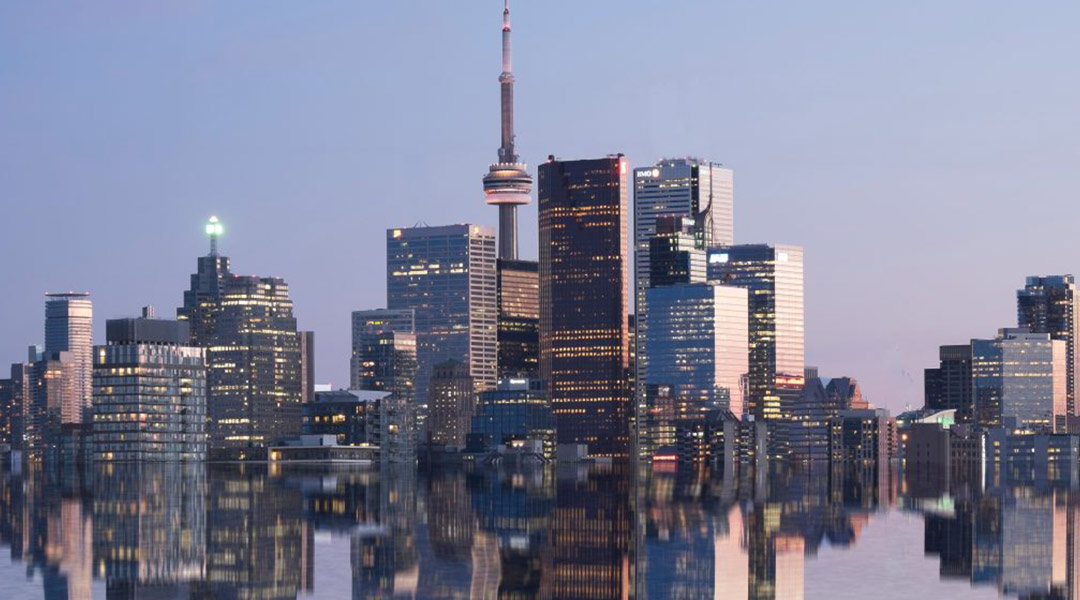New Housing Minister and former Immigration Minister Sean Fraser takes a kind of step back on the concept of placing a cap on international students.
Like we initially reported, it is not as easy as it sounds because there will be a lot of pushback from the Canadian education lobby given the amount of business international students bring.
In an interview with CTV, Minister Fraser was asked whether the Canadian government would proceed with the idea of capping international students.
Fraser stated that the federal government, along with its provincial and institutional partners, must ensure that international students are supported and that communities have the ability to “absorb them” when they arrive in Canada.
“My preference is to continue to welcome a significant number of international students because the program is good for Canada; both in the short term and the long term.” he said
Jump To
Fraser highlighted the need for the federal government to address some deficiencies in its temporary immigration programs, which now function “uncapped,” instead relying on demand as the determining factor.
The host asked the question, If he hasn’t had consultations with the institutions and provincial government, then why did he float the idea of a cap on international students in the first place.
The minister responded, “Sometimes I have a bad habit of answering questions directly. Realistically, if you go back and watch the tape of my original answer, you’ll see that I indicated that it may be premature to do something like that because we need to have conversation with our partners first.’
It is imperative for the federal government to thoroughly deliberate on immigration targets in collaboration with other levels of government.
This is because the responsibility of determining which institutions are open to international students falls under the jurisdiction of the provincial government.
Additionally, institutions that have a responsibility to provide housing for newcomers should also be involved in this decision-making process.
Minister Fraser said, “It’s important that when we’re looking at the answer to our housing challenges, we also focus on what we can do to increase the supply. I think it’s essential that we remember that immigration remains one of Canada’s strongest competitive advantages in the global economy.”
Many of these students have reported struggling to find affordable and adequate housing in this country.
Canada may reconsider immigration level plan
When it comes to solving the housing crisis in Canada, the housing minister and former immigration minister say they are not ruling out changes to its ambitious immigration targets.
The new immigration levels plan for 2024–2026 will be announced in November this year and we will have to see if there are any major changes.
During a recent interview on CTV’s Question Period, Sean Fraser expressed the importance of considering the absorptive capacity of communities, which encompasses various factors such as housing, healthcare, and infrastructure, when planning future immigration levels.
Fraser emphasized the need to maintain ambitious immigration targets while ensuring that immigration policies are better aligned with these community resources.
When Fraser was the immigration minister in November 2022, he unveiled Canada’s ambitious immigration plans, which included a target of bringing in 465,000 permanent residents in 2023, 485,000 in 2024, and 500,000 in 2025.
He claimed at the time that the action was required to ensure Canada’s economic growth by assisting employers in filling employment vacancies and attracting the skills needed in important industries including healthcare, skilled crafts, manufacturing, and technology.
However, policy experts, opposition politicians, commercial banks, and academics have been warning the federal government that Canada’s high-growth immigration strategy is causing the country’s housing issue to worsen.
According to TD economists, Canada’s housing shortage might increase by roughly 500,000 units in just two years if the current immigration policy is maintained.
To attain any form of housing affordability, the Canada Mortgage and Housing Corp. estimates the nation needs to build 3.5 million more homes by 2030 than it is currently on schedule for.
Minister Fraser said, “If we were going to shift the way that we operate, to set a target or to align the numbers with the housing capacity, it’s a monumental change in the way that Canada does immigration.”
